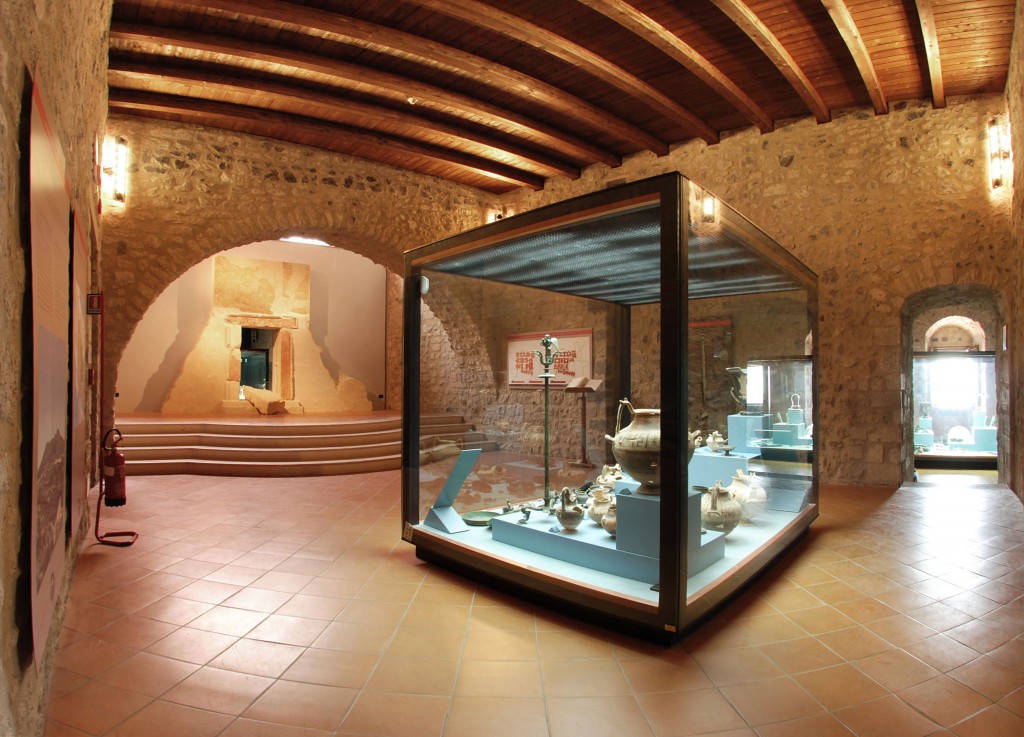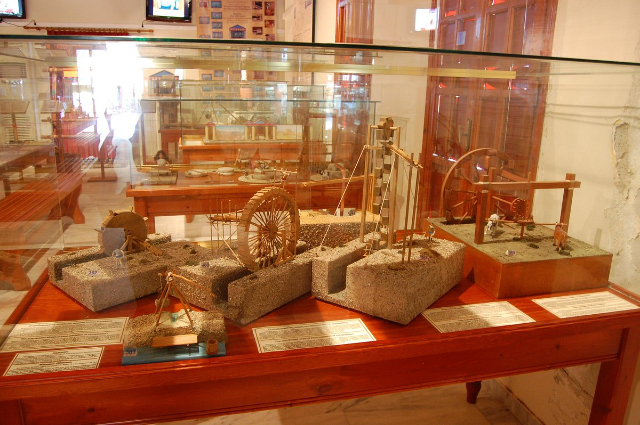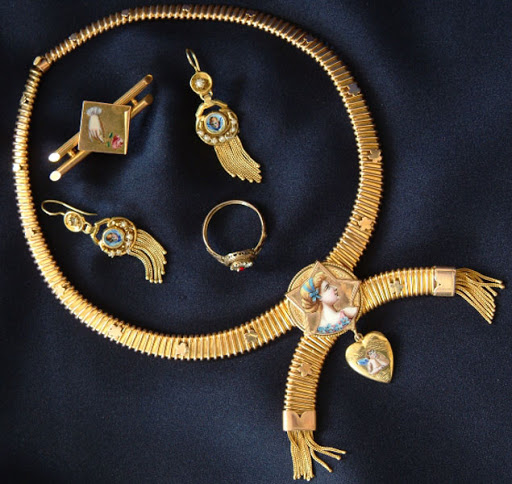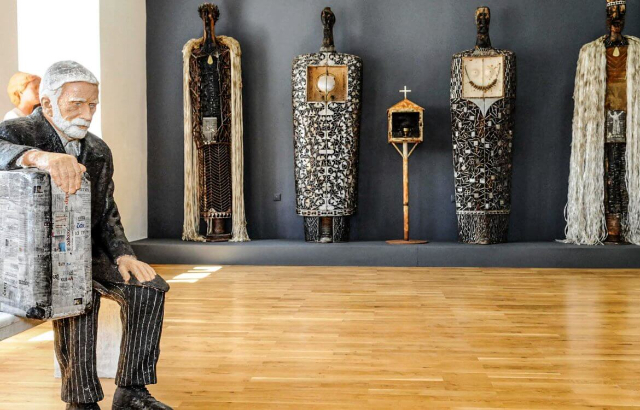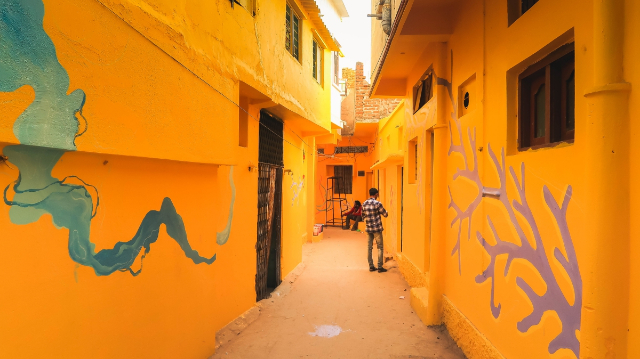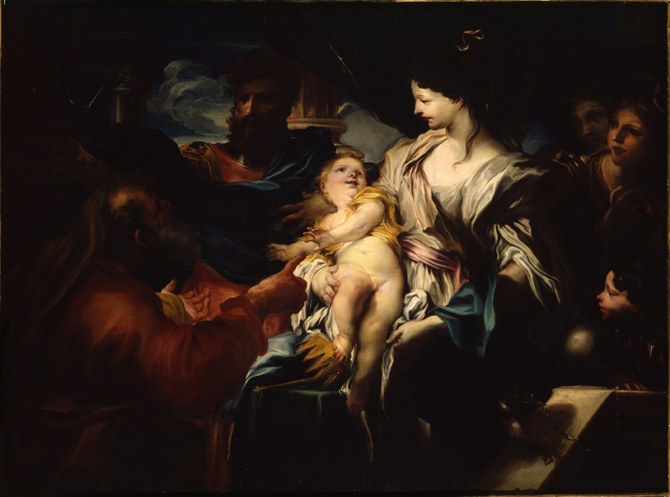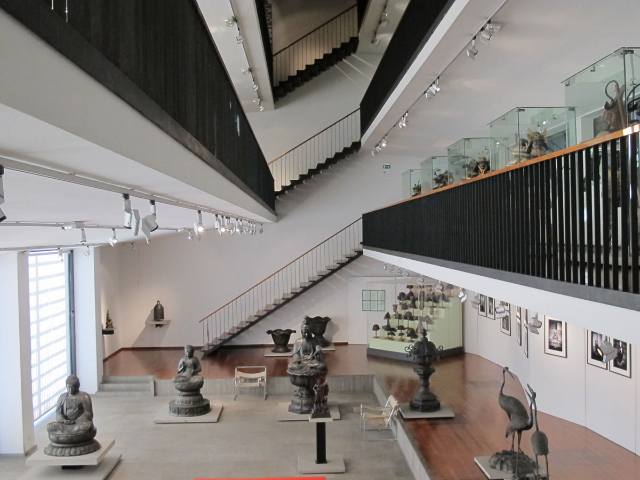The Castle, with its unaltered charm also due to its dominant and majestic position over the valley, is built on a platform of lava and made of the same stone. Today it is the seat of the National Archaeological Museum of Melfi, whose collections illustrate the life, beliefs and customs of the people who frequented these fertile lands from protohistory to the Roman age.
The Museum is named after the archaeologist Massimo Pallottino (1909-1995), one of the greatest specialists of pre-Roman Italy, unanimously considered the founder of modern etruscology. The Museum, located inside the Frederician castle of Melfi, presents the important archaeological documentation found in the Vulture-Melfese area. The funerary trousseaus dating back to the archaic age have returned refined Daunian ceramics with geometric decoration, bronze armour, precious silver, gold and amber ornaments as well as bronze vases of both Greek and Etruscan production.
The classical section focuses on extraordinary finds from the 4th-3rd century B.C., among which red-figured Greek-magreek ceramics and monumental vases with polychrome decoration with applied figures, of canosine production, found in Lavello (the ancient Forentum).
The Roman phase is documented by an exceptional marble sarcophagus dating back to the 2nd century A.D. with relief decoration, referable to workshops in Asia Minor, which shows on the lid the deceased " sleeping " and on the side slabs of the Roman heroes framed in niches.
